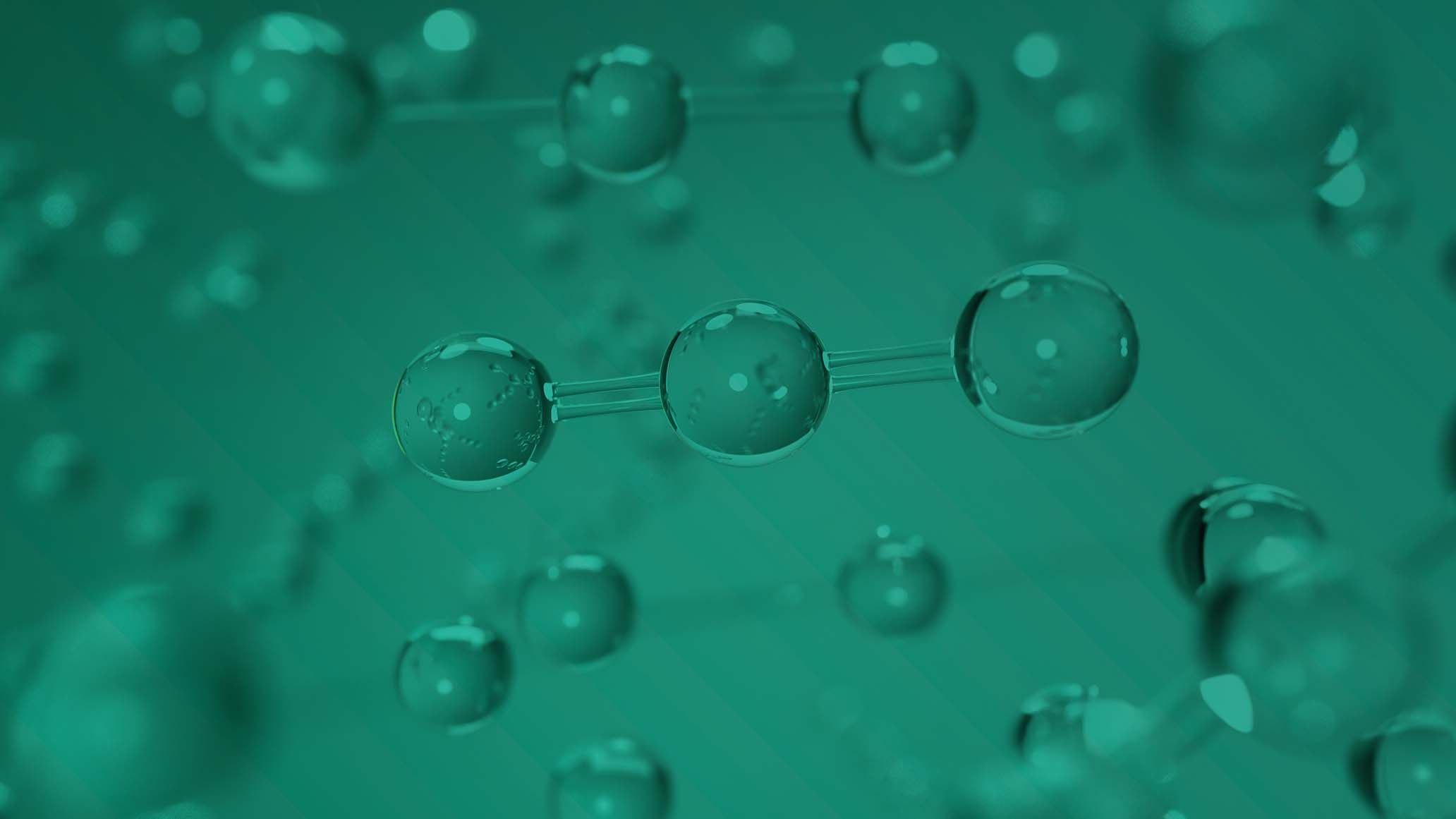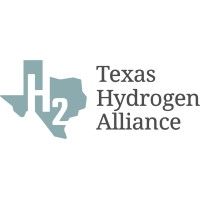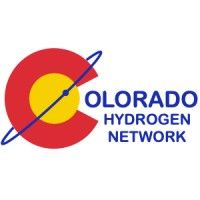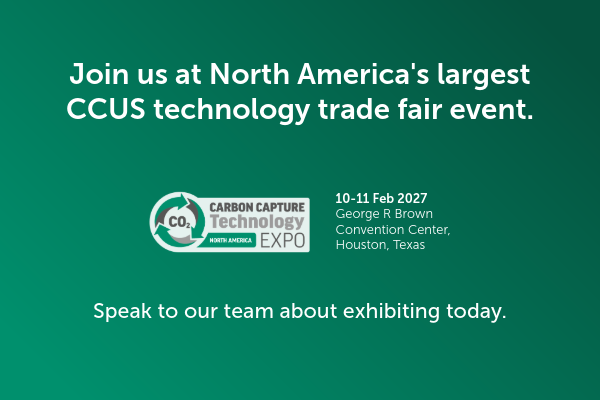Seabound’s sea trials highlight the potential for carbon capture whilst onboard a ship
)
Lomarlabs recently completed sea trials of Seabound’s carbon capture technology system, whilst onboard a Lomar vessel. The results from this trial showed that the technology onboard the vessel is capable of capturing about one ton of Co2 every day.
The technology was installed whilst the ship was docked at the Sefine Shipyard in Altinova/Yalova, Turkey in June of 2023. Once installed, the ship and the new system then went through multiple tests and risk assessments, before beginning its two-month voyage. This voyage would allow data to be collected, which would provide an example of the potential of the carbon capture technology and it would also provide the team with operating experience. The technology which was used on this voyage, was a prototype system, which would create a picture of the technology’s ability to reduce Co2 emissions.
Throughout the voyage the team ran a series of tests and the results displayed a steady increase in the rate of carbon capture, which reached and remained at 78%. The team also saw a Sulphur capture rate of 90%, meaning that this technology is able to capture both carbon dioxide and sulfur through operating a single device. The statistics show that around 1 ton of Co2 is captured by the technology every day and as these tests were performed on the prototype, it suggests that the technology to follow the prototype, the full-scale installations, will be an improvement of this first installation.
Altogether, the team discovered during this pilot project, that Seabound’s unique technology system is very effective and innovative, as it uses a second-generation carbon capture technology, which is known as calcium looping. This type of technology has portrayed the ability to transform carbon dioxide emissions into sodium calcium carbonate pebbles. These pebbles are safe and easy to transport, plus whilst they can be sold at port, they can also go to use in another vessel once transformed back into quicklime. This portrays that the calcium looping system is excellent and innovative and is a particularly good system for capturing carbon and repurposing and reusing the captured materials.
To make this possible, the teams running this experiment, Lomar and Seabound, were able to secure UK Government funding and this funding was worth £1.2 million. The Government chose to award this project as it qualified as part of the Clean Maritime Demonstration Competition Round 3 (CMDC3).
lomarlabs Managing Director, Stylianos Papageorgiou, commented, “Seabound's technology presents an attractive and viable solution for reducing carbon emissions on existing ships as well as new, with a system that is simpler to install, operate and maintain than others we have seen. We are excited to join Seabound's mission and believe this technology could be instrumental in driving a cleaner future for maritime transport."
Seabound Co-Founder & CEO, Alisha Fredriksson, added, "Our pilot project demonstrates that capturing carbon emissions directly from ships is not only possible but also highly effective. This breakthrough puts us on track to achieve our ambitious goal of capturing carbon onboard 1,000 ships by 2030, making a significant impact on the global effort to curb climate change."



)
)
)
)
)
)
)



)
)
)
)
)
)
)
)
)
)
)
)
)
)
)
)
)
)
)
)
)
)

)

)
)
)

)
)
)
)
)
)
)
)
)
)
)

)

)
)
)
)
)
)
)
)
)
)


)
)
)

)
)
)

)
)
)
)
)

